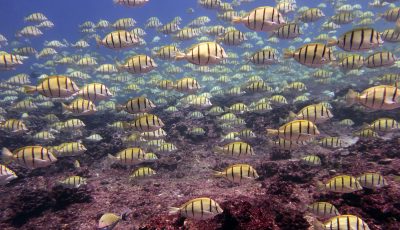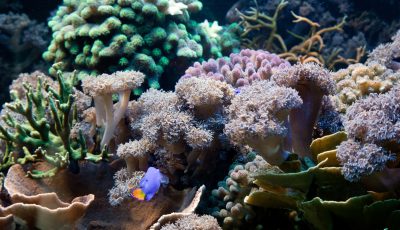NOAA predicts above-normal storm activity in region
The National Oceanic and Atmospheric Administration says the Marianas region can expect above-normal tropical cyclone activity for the reminder of the year following the islands’ shift into El Niño season.
Citing data from the National Weather Service in Guam, NOAA has advised that the U.S.-Affiliated Pacific Islands of the Federal States of Micronesia, the Republic of the Marshall Islands, the CNMI, and Guam will likely see above-normal tropical cyclone activity for the remainder of 2023.
Meanwhile, tropical cyclone activity across the Republic of Palau is anticipated to be normal to below normal for the remainder of 2023.
According to NOAA’s projections, the above-normal activity is consistent with the region’s recent shift to El Niño as supported by the latest NOAA Climate Prediction Center ENSO Diagnostics Discussion.
“With 2023’s transition to an El Niño pattern, it’s important to understand the relationship of interannual variability of tropical cyclone activity based on the ENSO phase. When looking at location-based tropical cyclone frequencies, tropical cyclone activity shifts eastward from the La Niña pattern to the El Niño pattern. In contrast to the below-average tropical cyclone activity across the USAPI region in the La Niña years of 2020, 2021, and 2022, we anticipate considerably more tropical cyclone activity across the region due to the recent transition to El Niño and the possibility of its strengthening to a strong El Niño event by fall,” the advisory states.
However, tropical cyclone activity will still vary considerably due to the large extent of the Micronesia region.
“This is likely to result in considerably more regional activity than seen in the past three years. An eastward shift in the tropical cyclone genesis region is predicted to keep tropical cyclone activity near or below normal at the Republic of Palau, with more tropical cyclones passing to the north,” said the advisory.
The NWS says that the outlook shared by NOAA is just a general guide and does not indicate how many actual systems will actually hit the Marianas.
“This outlook is a general guide to the predicted, overall tropical cyclone activity across the USAPI and does not indicate how many of these systems will actually make landfall. However, the outlook does provide a general idea of how many tropical storms and/or typhoons could affect a specific island or a group of islands across Micronesia, with peripheral effects such as strong damaging winds, torrential rainfall, and/or storm surge/inundation,” NWS states.
However, even if this outlook is just a general guide, which could change in the next few months, NWS urges the communities of the United States-Affiliated Pacific Islands to remain prepared for possible cyclones all year-round.
“Although tropical cyclone activity peaks around September-November for many regional locations, tropical cyclones can occur throughout the year across the western North Pacific. Therefore, there is no clearly defined ‘typhoon season.’ Tropical cyclone activity can fluctuate greatly from year to year, though it only takes one to cause significant impacts. Therefore, we always urge residents, visitors and mariners to maintain preparedness for tropical cyclones year-round,” said NWS.
The communities of the United States-Affiliated Pacific may visit the Guam Homeland Security/Office of Civil Defense, the CNMI Homeland Security and Emergency Management, and FEMA’s ready.gov for more information on preparedness plans, tips and how to build emergency kits for use at home and at work.



























